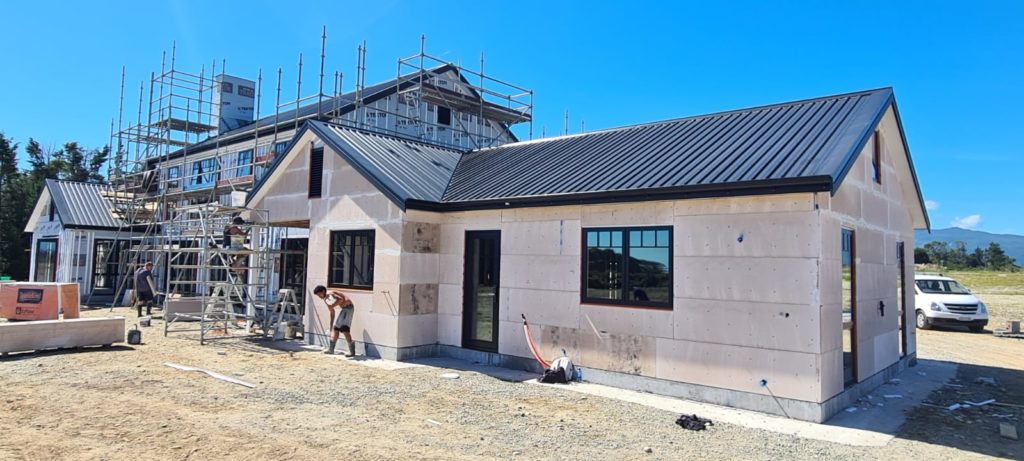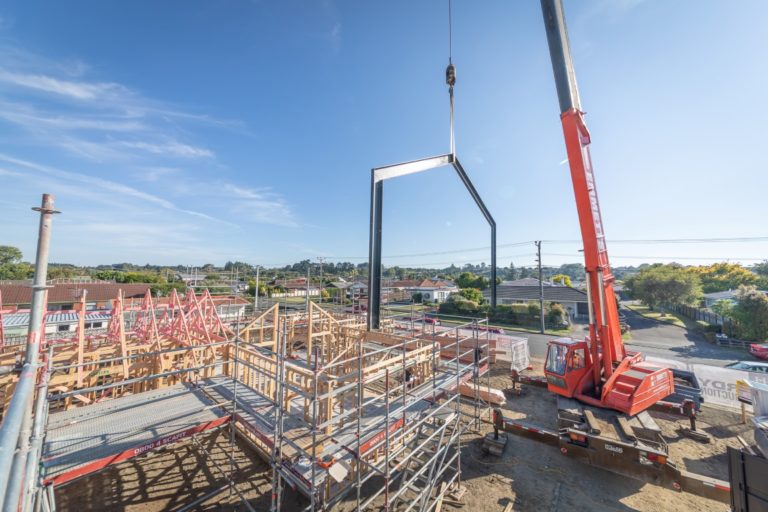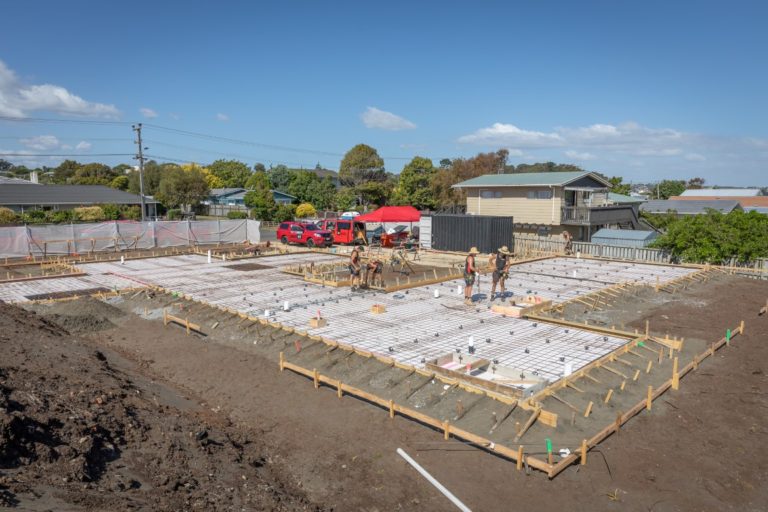When beginning the journey to building a home, the question of ‘What is a Building Consent?’ will enter your mind at an early stage. Below we’ll break down the basic fundamentals of a Building Consent to help you understand exactly what it means in for your project.
What is a Building Consent? The Basics.
A building consent is approval from a territorial authority (or District Council) to allow the construction of a ‘Building’ as described in the New Zealand Building Act to proceed. Before building consents, they were often referred to as Permits, which you’ll see when looking property files with older homes built on them.
The purpose of a building consent is to ensure that all building work in a region is planned and constructed in a safe, sanitary and suitable manner. This ensures safety of the builders, other trades, and most importantly the people (you and I) using the finished building.
Building consents focus on the how, where, what and who of your building project. The ‘processing officer’ at your District Council is interested in everything from the foundations, to weathertightness, to the sewer system you’ll be installing. They check whether your project complies with the Building Code and other NZ regulations before issuing (or approving) your building consent, allowing you to continue with the project.

Not to be confused with a Resource Consent
It’s important to get clear that Building and Resource Consents are very different. Every new home project requires a building consent, whereas not all require resource consents. Around 50% of Arcline’s projects require a resource consent, whereas 100% require a building consent.
Free 6 Part Email Series:
'Designing Your Home'
When in the building process do I get a Building Consent?
When all plans, reports and specifications are complete, but before you start building.
It’s not often discussed, but a considerable amount of money needs to be spent before you apply for a Building Consent. District Council’s want to receive a quality application with all the information they require, submitted clearly and precisely.
Topographical surveying, sewer and stormwater reports, truss designs, full architectural and structural engineering plans are just some of the large amount of documentation needed for your building consent. Don’t assume you’ll be able to gather these items easily, and it can often cost around $50,000-$70,000 on planning before the building consent can be submitted. But remember – ‘if you fail to plan, you plan to fail‘!
What Documents do you need to submit a Building Consent for a house?
Even though each Council has slightly different requirements, there is the standard required documents to submit a building consent. Below is a summary of the basic required items for the consent.
- Application Form (mainly online nowadays)
- Lodgement Checklist – to ensure you’ve attached all relevant information to the consent
- The Title & associated Consent Notices for your property, proving your ownership
- Architectural Plans (House Plans)
- Structural Engineering Plans
- Truss Design
- PS1’s (Producer Statements), LBP Memorandums, Certificate of Works (COW) forms
- Other Reports – Geotechnical, TP58 (Onsite Sewer), TP10 (Stormwater Attenuation), Fire
- Specifications – Project specific & product manufacturer specifications
It’s a complex list, as you’ll appreciate. With building regulations and ‘red tape’ increasing every year it’s important to have the right professionals on your team to take care of getting this Building Consent package together correctly.


Who should submit my Building Consent?
It is best to leave the building consent preparation and submission to your Architect, Architectural Designer or Draftsman. Why? Because the Architectural Plans are really the hub of the wheel, with spokes to each of the other reports and plans. This means that your designer has the best overall knowledge of the entire project, meaning they can accurately present it to the District Council.
Generally your designer will have a fee to prepare and submit your building consent to council, as it can take several hours (or days!) to compile the required documents for submission, after they’ve all been completed. The cleaner they are presented to Council, the smoother the consent process will be.
Should I submit my own Building Consent?
Short answer – No. All too often our clients want to submit their own building consent to save a few pennies and several weeks later ask us to do it for them. Although it seems like ‘how hard can it be?’ – it can be very hard, and a waste of your time! You’re better to pay your designer to submit the building consent for your project.
Do all buildings require Building Consents?
No, the Building Act 2004 has a list of Exempted Building Work, stating which types of buildings don’t require a consent. There is also a helpful guide here that explains what building work is exempt.
However, there are a few overall rules i.e. any plumbing work triggers a building consent, meaning that every new home in New Zealand requires a building consent.
Free Ebook Download:
'52 Tips For Designing & Building Your Home'
How long do Building Consents take?
District Councils are required, by law, to assess and approve or deny building consents within 20 working days. However, it is extremely common for consents to extend past this limit, and there is no way to make the District Council issue your consent quicker.
With staffing challenges for most District Councils, many are outsourcing their consent processing work to contractors. Even then some councils are struggling to keep within the required 20 day timeframe. Therefore, we always allow 6 weeks for your consent to be issued, assuming councils questions are replied to in a timely manner.
Other helpful Articles
As Architectural Designers we publish helpful content to our readers on all manner of building topics, on our Blog. Below are some other articles which may be of interest:


Summary: What is a Building Consent?
It’s common as New Zealanders to treat Building Consents as a thorn in your projects side. However, it’s important to remember why they exist. If we were all just allowed to grab a hammer and build what we want, where we want, how we want, imagine the quality of living in NZ! Building Consents give local authorities control over new buildings in their district, ensuring healthy and safe living for years into the future.
So if you’re beginning the journey to a new home, reach out to the Arcline Team today. We’re experts in gathering the required documents and plans to get your building consent submitted, approved and ready for your builder to start building.
